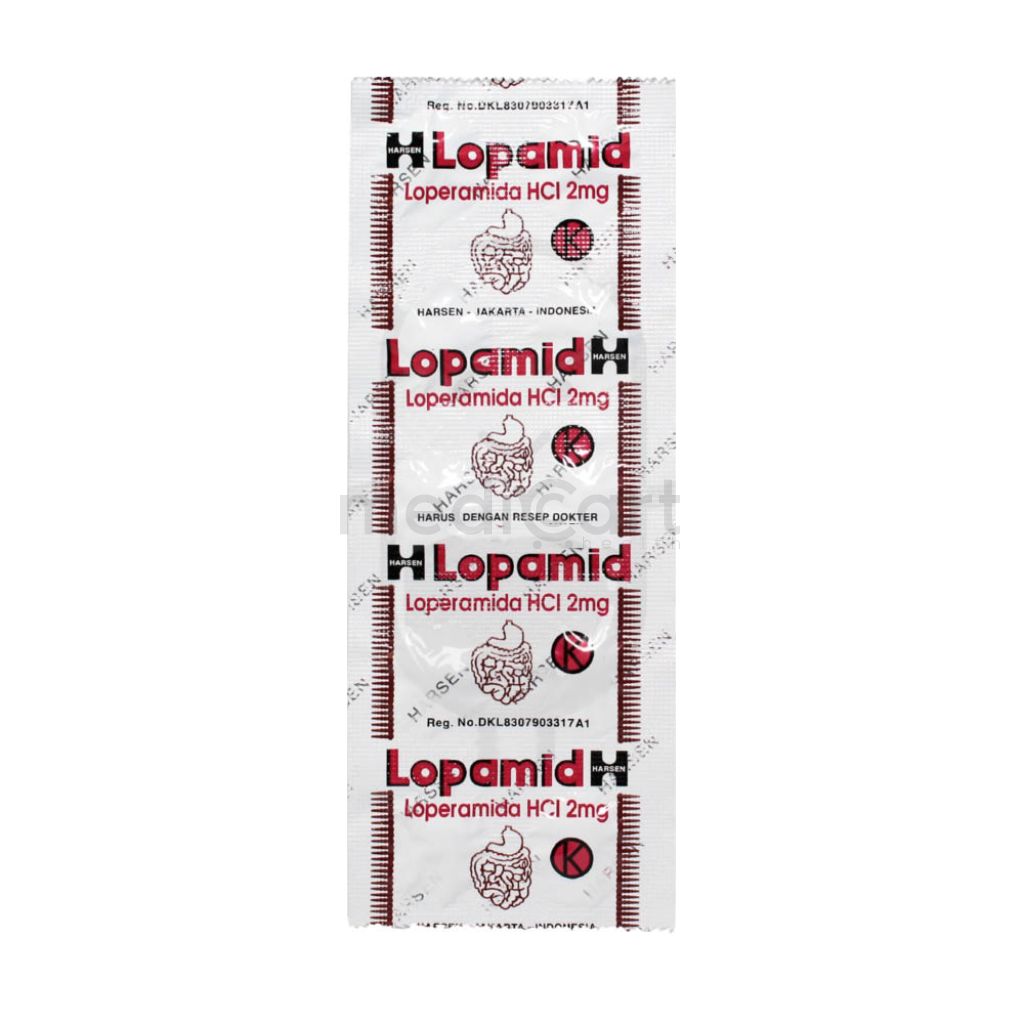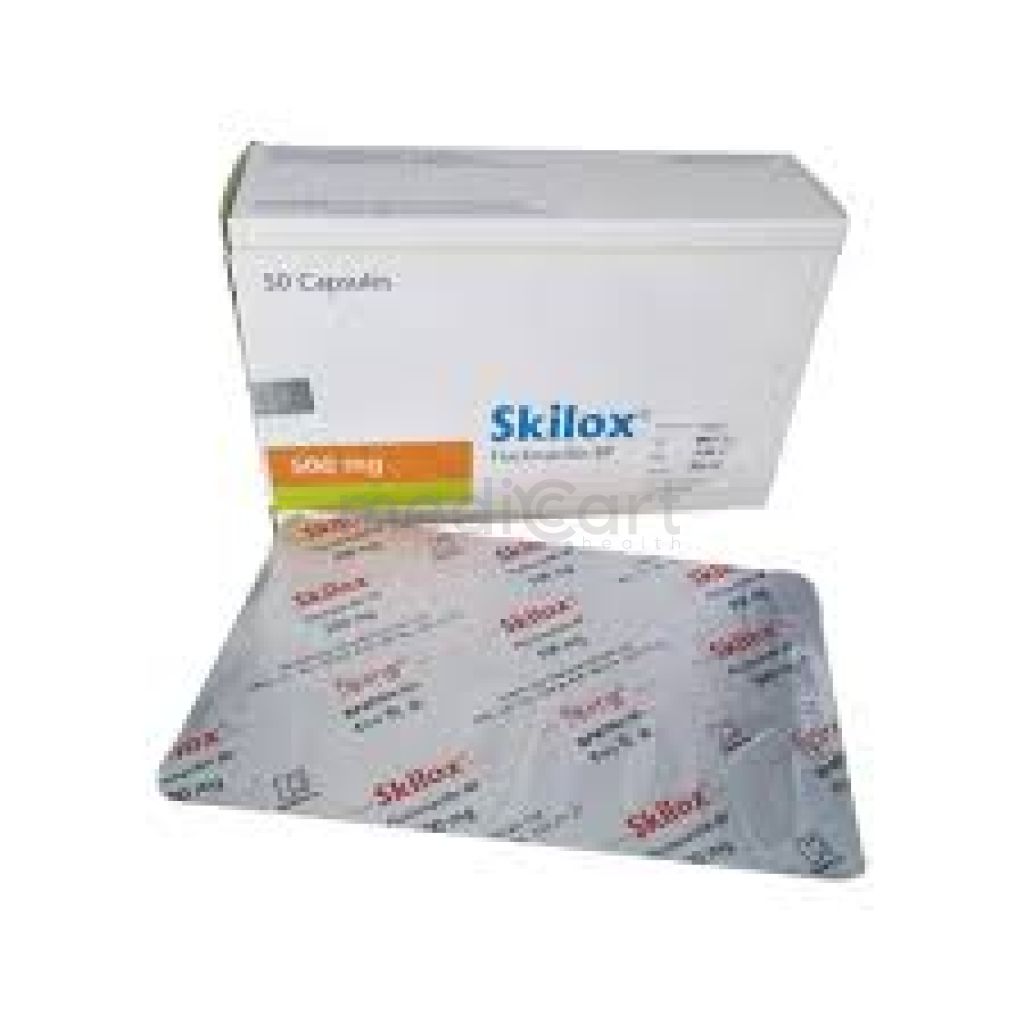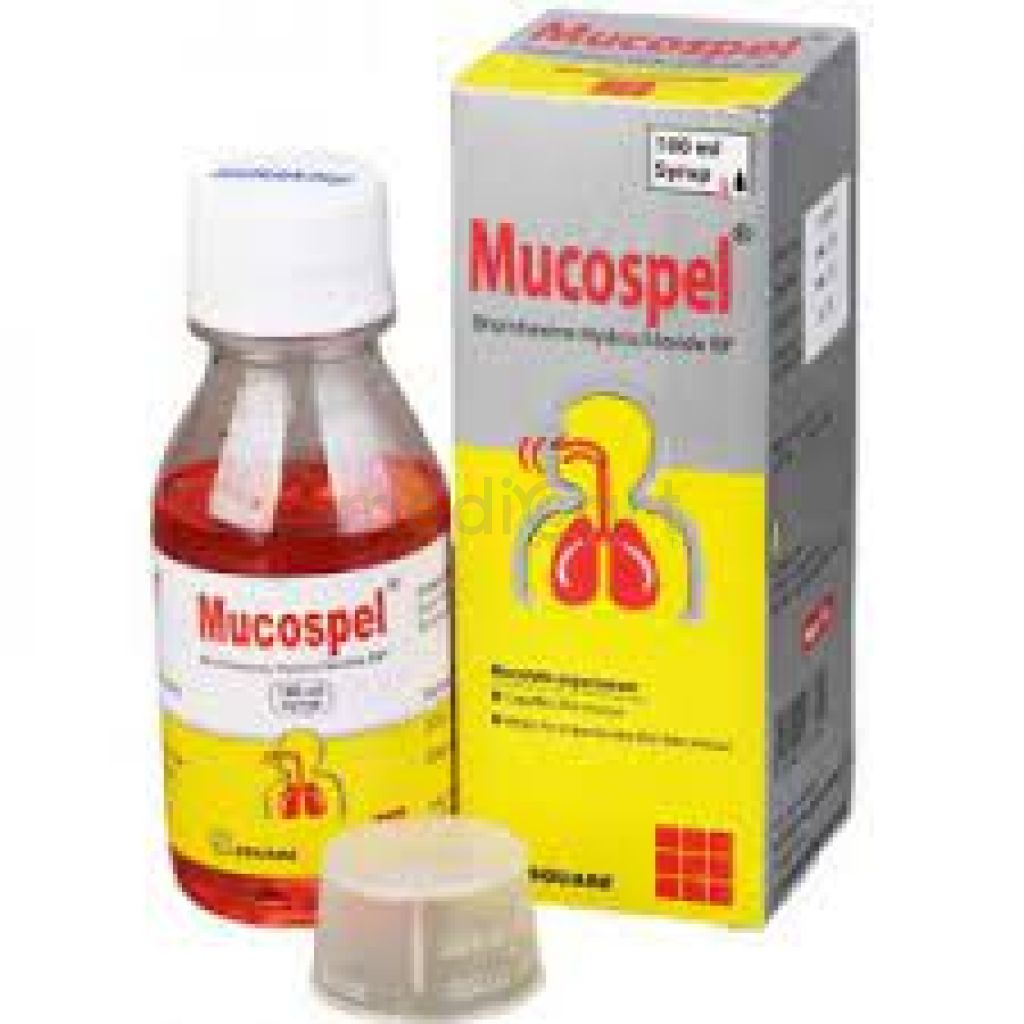

Imotil 2mg
Capsule
Pack Size :
10 Capsule x 1 Strip
Generics :
Loperamide
Manufacturer :
Square Pharmaceuticals Ltd.
Best Price *
TK
10.00
* Delivery will be done in Dhaka city only.
More Information About - Imotil 2mg
Description
Generic Name
LoperamidePrecaution
Concomitant specific therapy must be given in those with infectious diarrhoea; hepatic dysfunction; infants; pregnancy, lactation. Lactation: Not known if distributed in breast milk; use cautionIndication
DiarrheaContra Indication
Conditions when inhibition of peristalsis is undesirable (e.g. ileus or megacolon); antibiotic induced colitis; active inflammatory bowel disease; if abdominal distention develops during use; abdominal pain in the absence of diarrhoea.Dose
N/ASide Effect
Abdominal pain, distention, and discomfort; paralytic ileus; constipation, dry mouth, drowsiness, dizziness, fatigue, rash. Potentially Fatal: Toxic megacolon.Pregnancy Category
Name : B
Description
Animal reproduction studies have failed to demonstrate a risk to the fetus and there are no adequate and well-controlled studies in pregnant women OR Animal studies have shown an adverse effect, but adequate and well-controlled studies in pregnant women have failed to demonstrate a risk to the fetus in any trimester.Mode of Action
Loperamide inhibits peristalsis and prolongs transit time by acting directly on intestinal wall muscles. It also reduces faecal volume, increases viscosity and decreases fluid and electrolyte loss.. Slows intestinal motility through opioid receptor; has direct effects on circular and longitudinal muscle;.Interaction
Bioavailability increased by co-trimoxazole, ritonavir, saquinavir. Respiratory depression reported when administered with quinidine. Loperamide increases GI absorption of desmopressin and decreases exposure to saquinavir.Pregnancy Category Note
Pregnancy category: B Lactation: Not known if distributed in breast milk; use cautionAdult Dose
Acute Diarrhea 4 mg initially, then 2 mg after each loose stool; not to exceed 16 mg/day (8 mg/day for self-medication); discontinue if no improvement seen within 48 hours Chronic Diarrhea 4 mg initially, then 2 mg after each loose stool until controlled, and then 4-8 mg/day in divided doses Traveler's Diarrhea 4 mg after first loose stool, then 2 mg after each subsequent stool; not to exceed 8 mg/dayChild Dose
Acute Diarrhea First Day of Treatment 2-6 years (13-20 kg): 1 mg q8hr PO 6-8 years: (20-30 kg): 2 mg q12hr PO 8-12 years (>30 kg): 2 mg q8hr PO Second & Subsequent Doses 0.1 mg/kg PO after each loose stool; not to exceed dose recommended for first 24 hours Chronic Diarrhea 0.08-0.24 mg/kg/day PO divided q12hr Traveler's Diarrhea <6 years: Safety and efficacy not established 6-8 years: 2 mg after first loose stool, then 1 mg after each subsequent stool; not to exceed 4 mg/day 8-12 years: 2 mg after first loose stool, then 1 mg after each subsequent stool; not to exceed 6 mg/day >12 years: 4 mg after first loose stool, then 2 mg after each subsequent stool; not to exceed 8 mg/dayRenal Dose
N/AAdministration
May be taken with or without food.Disclaimer
The information provided herein are for informational purposes only and not intended to be a substitute for professional medical advice, diagnosis, or treatment. Please note that this information should not be treated as a replacement for physical medical consultation or advice. Great effort has been placed to provide accurate and comprehensive data. However, Medicart along with its authors and editors make no representations or warranties and specifically disclaim all liability for any medical information provided on the site. The absence of any information and/or warning to any drug shall not be considered and assumed as an implied assurance of the Company.







